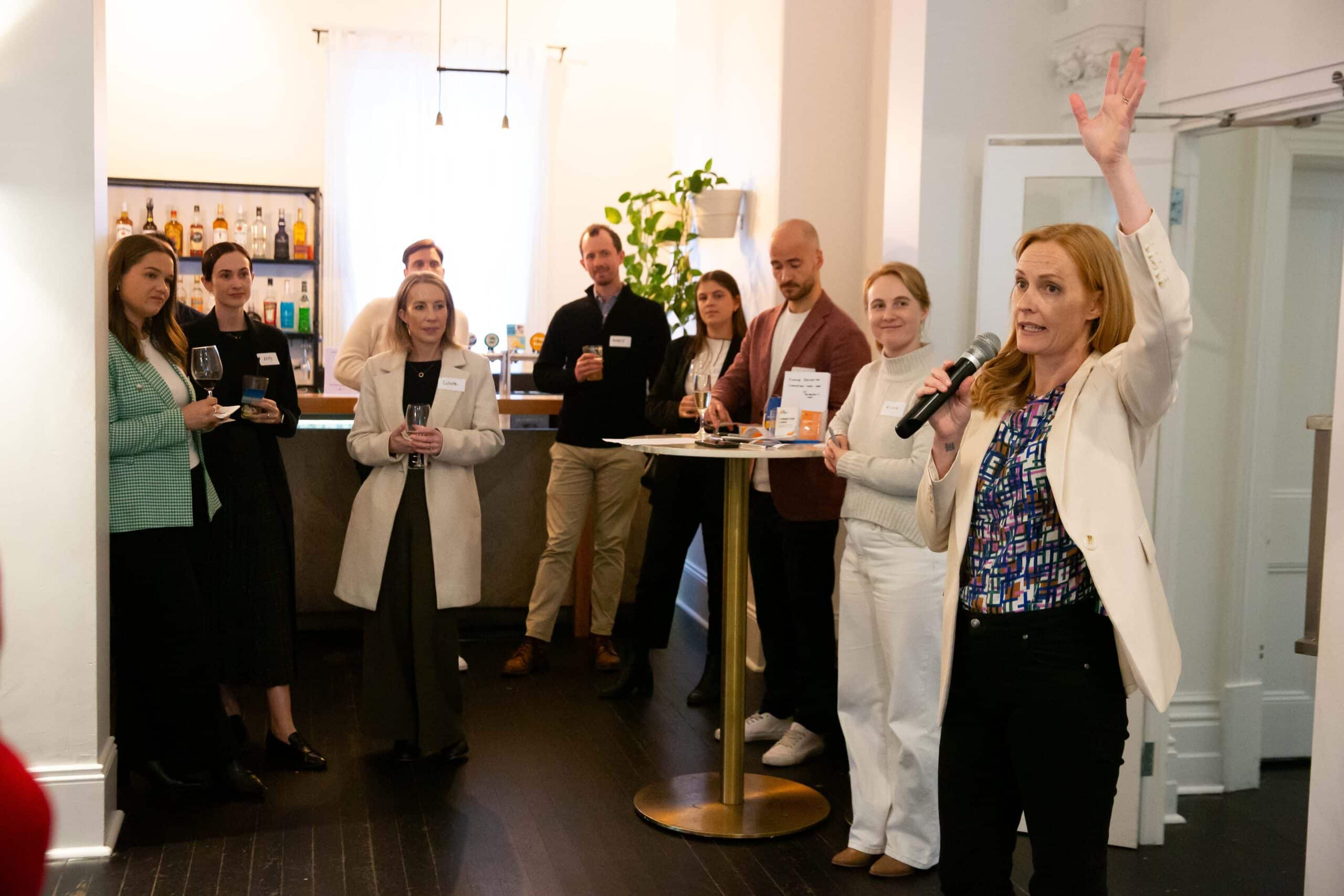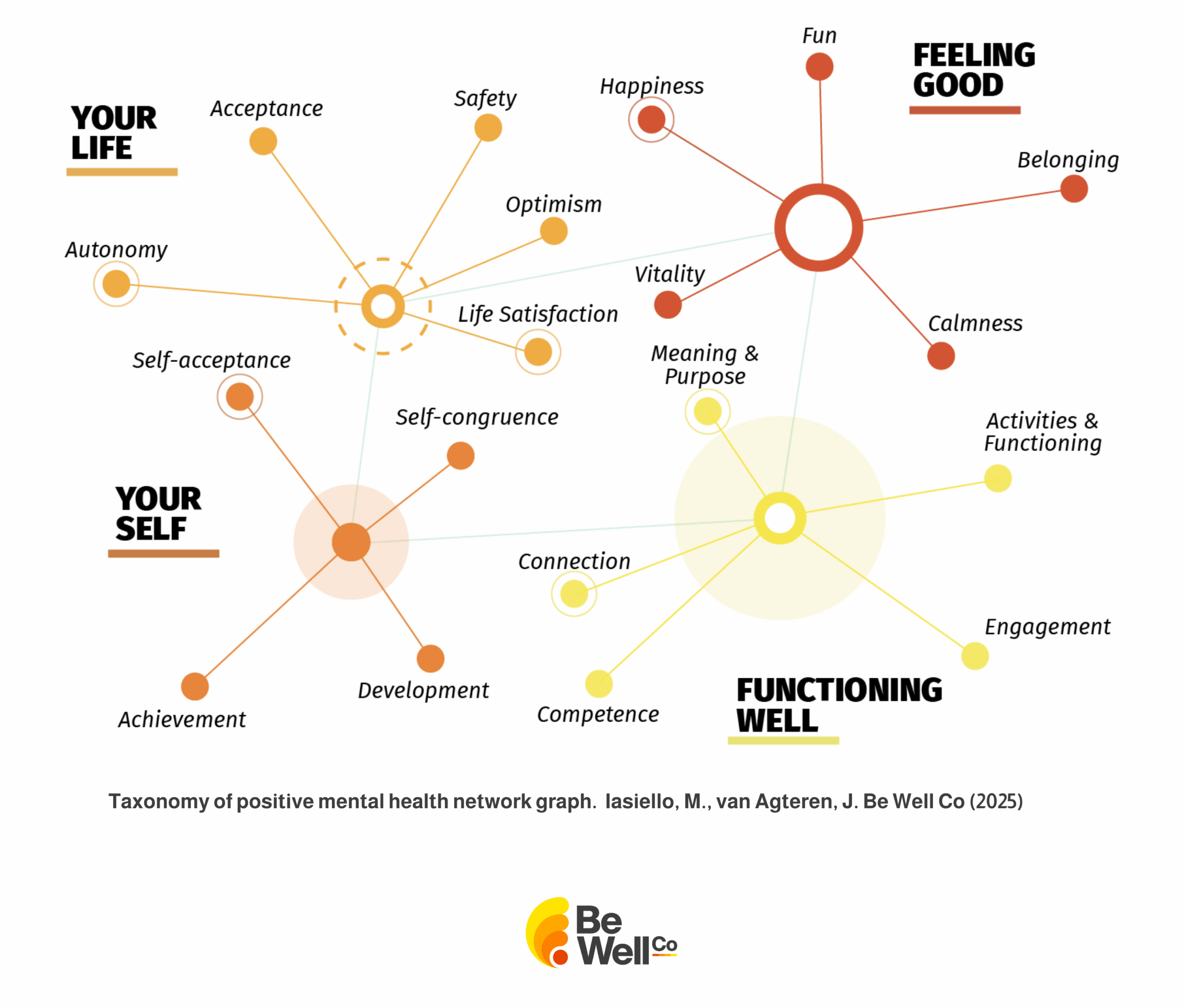5 Steps To Create A Wellbeing Strategy With Impact
I often ask people what wellbeing solutions they have to support their wellbeing strategy. I often hear about the visible events such as celebrating R U Ok day, taking snazzy pictures for Movember, and hosting an inspirational guest speaker. These are all important activities to support your wellbeing strategy, but in isolation, these activities are not enough to create meaningful, long-term impact.
When crafting your wellbeing strategy consider the following:
1. What does wellbeing represent to you and your employees?
Employee wellbeing can have different interpretations. You may hear people talking about physical wellbeing, mental wellbeing, or physical workspaces. Some employees may think you are going to install gym equipment, offer in-house massages, or supply fresh fruit each week. Before jumping to solutions, firstly clarify the expectations of your employees and what wellbeing represents for your organisation.
At Be Well Co, we define mental wellbeing as:
“a state where we feel well and function fully, as individuals and within our community/organisations.”
Evidence-based research suggests that wellbeing includes having purpose, strong relationships, meaningful work or vocations, experiencing positive emotions and contributing to society.
In a workplace setting, mental wellbeing means that your employees are:
- Working purposefully by understanding the connection of their role and the organisation’s purpose and goals
- Learning and growing both personally and professionally through new experiences, and opportunities
- Finding satisfaction and joy in the work they do which is in alignment with their values
- Having strong team connections and an affiliation with the organisation
- Believing in the organisation’s services and the role it plays in society
- Once you have defined wellbeing within your organisation, keep your narrative clear about what’s in and what’s out of your wellbeing strategy and importantly what’s in it for your people.
2. Why is your business interested in employee wellbeing? (the Business Case)
Before embarking on an employee wellbeing journey, be clear about why you want to invest in employee wellbeing. There are well documented benefits to both the individual and the organisation, but what is vital for your strategy?
Focusing on the human element of wellbeing is crucial, not just focusing on what wellbeing can do for the organisation, but what it would mean if all your people were thriving.
Once you have defined the why, get started on gathering data – lots of it! You may already have reputable data hidden away in feedback surveys, employee engagement check-ins, onboarding, and offboarding forms, customer service feedback etc. Couple this with what the external evidence and research is saying, such as that published by Be Well Co. The combination of this evidence is important in order to get employee wellbeing on the Executive agenda.
Build the business case to demonstrate why you must build employee wellbeing, not just respond to a current crisis.
3. How are you measuring impact?
At Be Well Co, we think wellbeing measurement is essential to any wellbeing strategy. This includes establishing a baseline and regular monitoring of progress, visible at the Executive level. The Be Well Tracker provides psychological insights, at an aggregate level, that organisations can use to get a snapshot of the mental health profile of their workforce and benchmarked using Australian data. This aggregate reporting can be used to identify at-risk groups and provide unique insights into priority areas, as well as a way to track the impact of interventions over time.
See some more information at our measurement blog here.
4. How are you selecting your wellbeing solutions?
Once you have your solid business case, you know what aspects of wellbeing you want to target and have considered how to measure impact, it’s time to explore what can be done to build employee wellbeing.
There are a variety of intervention options available, but they need to specifically address the business case you have put forward. The interventions also need to reflect the demographics and diversity of your workforce. I recommend testing ideas and engagement from your employees from the start. When performing your due diligence, ensure you are looking at solutions that have been shown to drive impact and are backed by scientific research.
Be Well Co have a variety of mental wellbeing solutions tailored to individual and organisational needs, with strong evidence in improving a range of mental health outcomes.
Consider the long-term strategy and how each solution will interact with one another. Be clear on what outcomes you expect and how to track this impact over time (in line with your measurement framework at point 3 above). Also, consider what internal and external resources you will need in order to successfully implement (staff resources, budget, time for employees to engage with the solutions etc). These implementation considerations are crucial to ensure longer-term success and take-up.
5. How will your wellbeing solutions be embedded and sustained?
Now that you have kicked off your wellbeing strategy, how do you make them grow roots and become part of the organisation culture? The truth is there is no silver bullet. This will take dedicated effort and time.
Your aim should be to have your wellbeing program so closely entwined in all operational elements that people won’t realise what is a wellbeing activity and what is just business as usual. This will take flexibility, agility and creative thinking. Expect your polished strategic plan to be reviewed, revised, and re-jigged repeatedly.
Here are some ideas on what to focus on:
1. First and most importantly – your Leaders
Leaders are the gateway to success with any change management program. Your leaders are essential to get buy-in and enable wellbeing to be part of the culture, not just a responsibility of the wellbeing specialist or HR.
Allowing your leaders to personally experience the benefits of your wellbeing solutions will create emotional buy-in and champions of a wellbeing culture who advocate for their team members to have the same experience.
Once you have buy-in, embed the wellbeing narrative and responsibilities into the organisation’s leadership competencies, development programs, recruitment process and leadership performance objectives to make employee wellbeing an inherent part of the leadership role.
2. Organisational performance objectives
Find meaningful ways for wellbeing to be a priority for the organisation. One of the greatest barriers to ongoing wellbeing solutions is competing priorities. Your wellbeing business case needs to scream ongoing priority to maintain the traction you need to embed your wellbeing strategy. One way to do this is for visible organisational objectives to include employee wellbeing metrics and outcomes, driven across the organisation.
3. Align your wellbeing strategy to the Employee Lifecycle to maintain learnings.
Keeping your wellbeing solutions intertwined with all people related activities creates a seamless transition into your employee culture. Once you have delivered wellbeing offerings to your current workforce, don’t forget your new starters. Consider including a version of training during your onboarding processes, giving leaders a strong role to play in translating these offerings into regular practice.
The magic of any wellbeing practice; whether at the individual, team or organisational level, is when it becomes habit and is drawn upon in the moment.
In your performance conversations and 1to1 meetings, create inviting opportunities for employees to talk about their wellbeing both in and out of the workplace, what they love in their role, what drives and motivates them and what personal learnings they are experiencing. Opening a pathway for this dialogue builds trust and an environment to keep the genuine conversations ongoing.
4. Celebrate your successes!
One final note – let your workforce know what is going well. Our negativity bias can influence our narrative to focus on everything we still need to fix. Stay solutions-focused and share the tangible data from wellbeing measurement reports coupled with the stories of transformational impact wellbeing is having on your people. Having a culture of wellbeing is a marathon not a sprint, but starting and taking it step by step is showing purposeful action in the right direction!
Get in touch with us and see our wellbeing solutions.
Want to Read More?
 Wellbeing, Workplace
Wellbeing, Workplace
Creating psychologically safe teams
Why Psychological Safety matters and how we build it together Based on Be Well Co’s “Psychological Safety for leaders” workshop Psychological safety has become one of the most important foundations of healthy, high-performing teams…. 18 Nov 2025 Wellbeing, Workplace
Wellbeing, Workplace
What does wellbeing that actually works (at work) look like?
Last week’s Fruit for Thought live in Adelaide: “Wellbeing that works across sectors” brought together leaders from finance, correctional services, and sport to unpack that question we all need to sit with. From the… 14 Oct 2025 3 min read Wellbeing
Wellbeing


